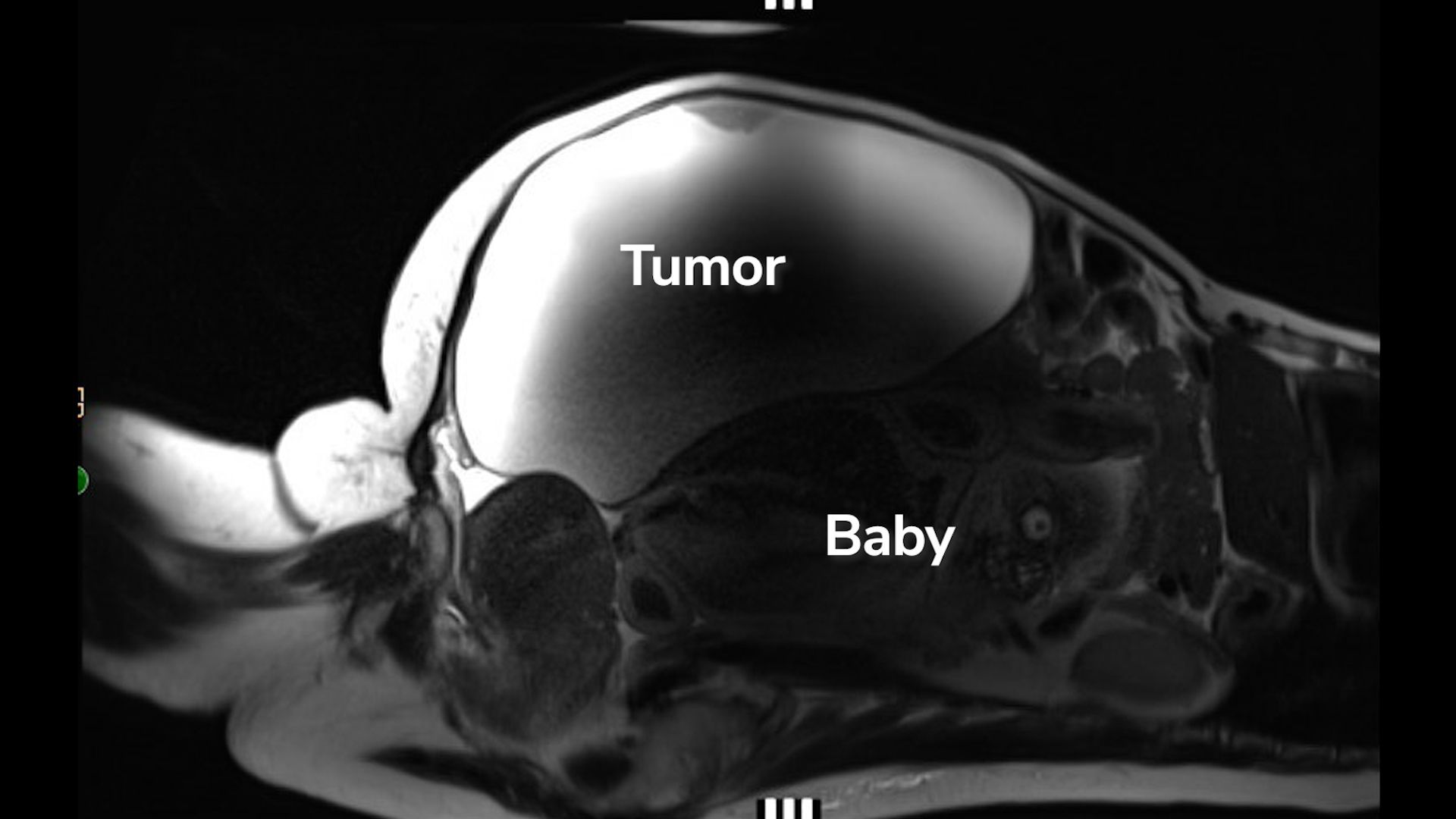Tattoos Could Replace Needle Sticks For Diabetics
A diabetes "tattoo" might be just the thing to relieve diabetes sufferers of the constant pain of needle sticks. Most glucose-monitoring methods require that a blood sample be taken using a needle; researchers have long sought a non-invasive test method. Finding a less painful way of monitoring blood sugar could make a real difference to the 6.7 percent of Americans who have diabetes.
Gerard Cote, biomedical engineering professor in the Dwight Look College of Engineering, is testing an experimental system using fluorescent polymer microbeads implanted just under a patient's skin. Glucose levels affect how much light the beads emit when exposed to laser light; the blood glucose level could be measured with a wristwatch-like monitor.
When injected under the skin, the microbeads cannot enter cells - unlike tattooing, in which cells absorb the pigment. The beads remain in the spaces between the cells; these interstitial spaces are filled with water and glucose molecules. According to Dr. Cote, the level of glucose in interstitial fluid is directly related to the blood glucose level measured by the traditional needle-stick method.
The glucose in the fluid binds to the microbeads; when the beads are illuminated with a small laser, the fluorescent color of the beads changes in proportion to the amount of glucose present.
In preliminary studies, the researchers injected the microbeads under the skin of a laboratory rat, and found that the rat tolerated the implant. The beads did in fact fluoresce under the rat's skin; the fluorescent response changed when there was a change in glucose level in the rat.
Active tattoos can be found in various science-fictional works; consider the subdermal microchannels from the 1985 cyberpunk classic Stone Lives by Paul Di Filippo:
June's body is a tracery of lambent lines, like some arcane capillary circuitry in the core of Mao/K'ung Fu-Tzu. Following the current craze, she has had a subdermal pattern of micro-channels implanted. The channels are filled with synthetic luciferase, the biochemical responsible for the glow of fireflies. (Read more about Di Filippo's Subdermal Microchannels)
A similar idea is used in the novel Nova Swing by M. John Harrison.
Get the world’s most fascinating discoveries delivered straight to your inbox.
Don't miss these unusual tattoo stories:
- Invisible RFID Ink Tatoos For Cattle, People This is a passive RFID technology that contains no metals; the tattoos themselves can be colored or invisible.
- Blind Haptic Braille Tattoos - HiTek Scarification The idea is that implantable beads placed just under the skin could form readable braille characters.
- Eyeball Tattoo Creates Eyes Of The Ibad This is frankly the oddest form of body-modification I've seen so far (okay, maybe I don't get out much), including the excruciatingly painful looking JewelEye and the utilitarian Pierced Glasses.
Via Texas A&M Engineering: Fighting diabetes where It hurts. Thanks to reader KafirCake for the tip on the story.
(This Science Fiction in the News story used with permission of Technovelgy.com - where science meets fiction)


